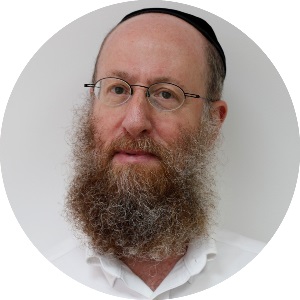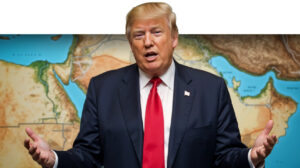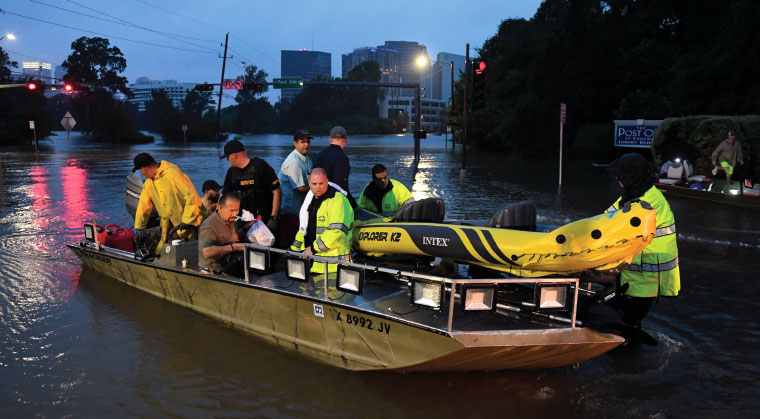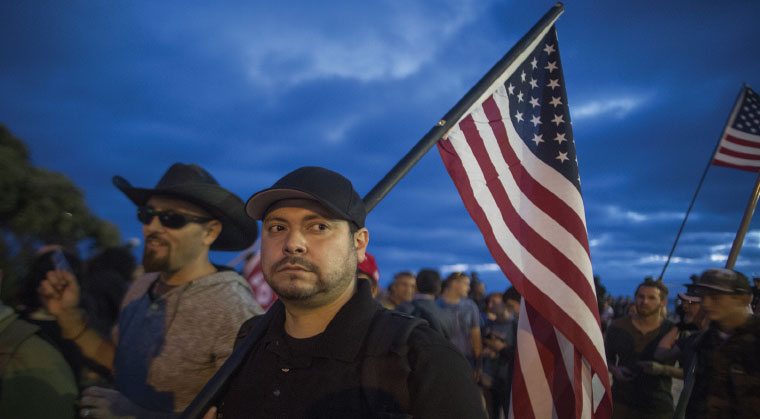Keeping Watch on the Israel-Syria Border


From a height of 9000 feet an IDF soldier keeps his eye on Syria (Photos: Flash 90)
F rom the perimeter fence of Alonei HaBashan a small moshav in the Golan Heights the guns of war can be heard just across the border. It’s so close in fact that the 400 residents can easily monitor whether a recently negotiated cease-fire between the United States and Russia is actually holding up.
At least for now all is quiet on the northern front.
But the last six years haven’t been easy for the residents who have seen up close the brutality of the Syrian civil war.
Dr. Duvi Hadar proprietor of Kal Daat a company that offers Segway tours in the area opens a gate to a path that leads from Alonei HaBashan to the closest IDF lookout post.
As we get to within 200 meters of the security fence the refugee camp adjacent to the Syrian village of Biriqa comes into plain view. Biriqa is one of a handful of Syrian villages that were allowed to remain in the demilitarized zone between Israel and Syria following the October 1973 Yom Kippur War.
The Jabhat al-Nusra rebel group the second-largest militia in the region chose to set up headquarters in this area precisely because they know Syrian government troops won’t operate there. Since it’s so close to the border Bashar al-Assad’s soldiers know their presence would set off a tough IDF response.
So instead when the war started six years ago the government troops took up positions east of the village firing on rebel forces from a safe distance.

Just a handful of Syrian villages remain in the demilitarized zone between Israel and Syria but those towns are often where rebel forces dig in
“We used to hear explosions from mortar fire every day some of which fell on our side of the border” Dr. Hadar says.
In November 2012 one mortar shell landed inside Alonei HaBashan between two houses. Miraculously it did not explode and IDF sappers later arrived to defuse it.
It was one of a handful of close calls and one of the few times that the army had to mobilize troops to the border. For Dr. Hadar it struck perilously close to home.
His son was performing his compulsory IDF service at the time and it so happened that his unit was the one assigned to preparing a retaliatory strike. All that day his efforts to message his son were unsuccessful. Only later in the afternoon did Dr. Hadar receive a text message from his son with one word “Pagati ” I hit it.
“This was the first IDF mortar that struck a Syrian target after 40 years of quiet ” Dr. Hadar explains “and it was fired by a resident of the town my son.”
Closing the Circle of War
Israel has fought three wars with Syria — in 1948 1967 and 1973. Syria controlled the Golan Heights from 1948 to 1967 and often used the high ground to shell farms and fishing boats on Israel’s side of the Sea of Galilee.
Israel captured the Golan from Syria during the 1967 Six Day War and held on to it during the Yom Kippur War of 1973. A year later both sides signed a separation-of-forces agreement along the current borders supervised by the United Nations.
Those borders have held since then although Israel built a new fence along 90 kilometers (60 miles) of the border after the civil war broke out. On the Israeli side approximately 21 000 Jews live in 32 communities along with 25 000 Druze. On the Syrian side there are as many as 50 armed militias along with numerous Syrian villages.
Over the last six years while daily battles raged across the border for most residents of the Golan the war became a matter of putting up with the noise.
“In most of the towns they don’t even know anything is happening ” says Uri Kelner deputy mayor of the Golan Regional Council. “Even those near the action go about their routines except in cases when there is an order from the IDF to keep citizens away from the area. Then the citizens obey orders like in the rest of the country.”
Ironically the recently negotiated cease-fire could bring the war close once again. On an official visit to France last week Prime Minister Netanyahu expressed his concerns over the cease-fire arrangement which might allow Iran and Hezbollah to leverage the quiet to entrench themselves closer to Israel. The Trump administration has said it would review Israel’s concerns and take them into account.
Golan’s Jewish residents would like to see their neighbors live in peace but in the absence of that they prefer the status quo to an unpredictable peace.
“As long as the rival rebel groups have been fighting each other and are feeling insecure they don’t have the time or ability to bother us ” Dr. Hadar says.
Asked what it might feel like to live in peace with his northern neighbor long a dream of most in Israel Dr. Hadar says he doesn’t even want to think about that distant reality.
“It didn’t happen for one simple reason ” he says. “To make peace you need the other party to agree to it. And the only deal that would interest Syria is one that Israel can never accept.” (Originally featured in Mishpacha Issue 670)
Oops! We could not locate your form.













